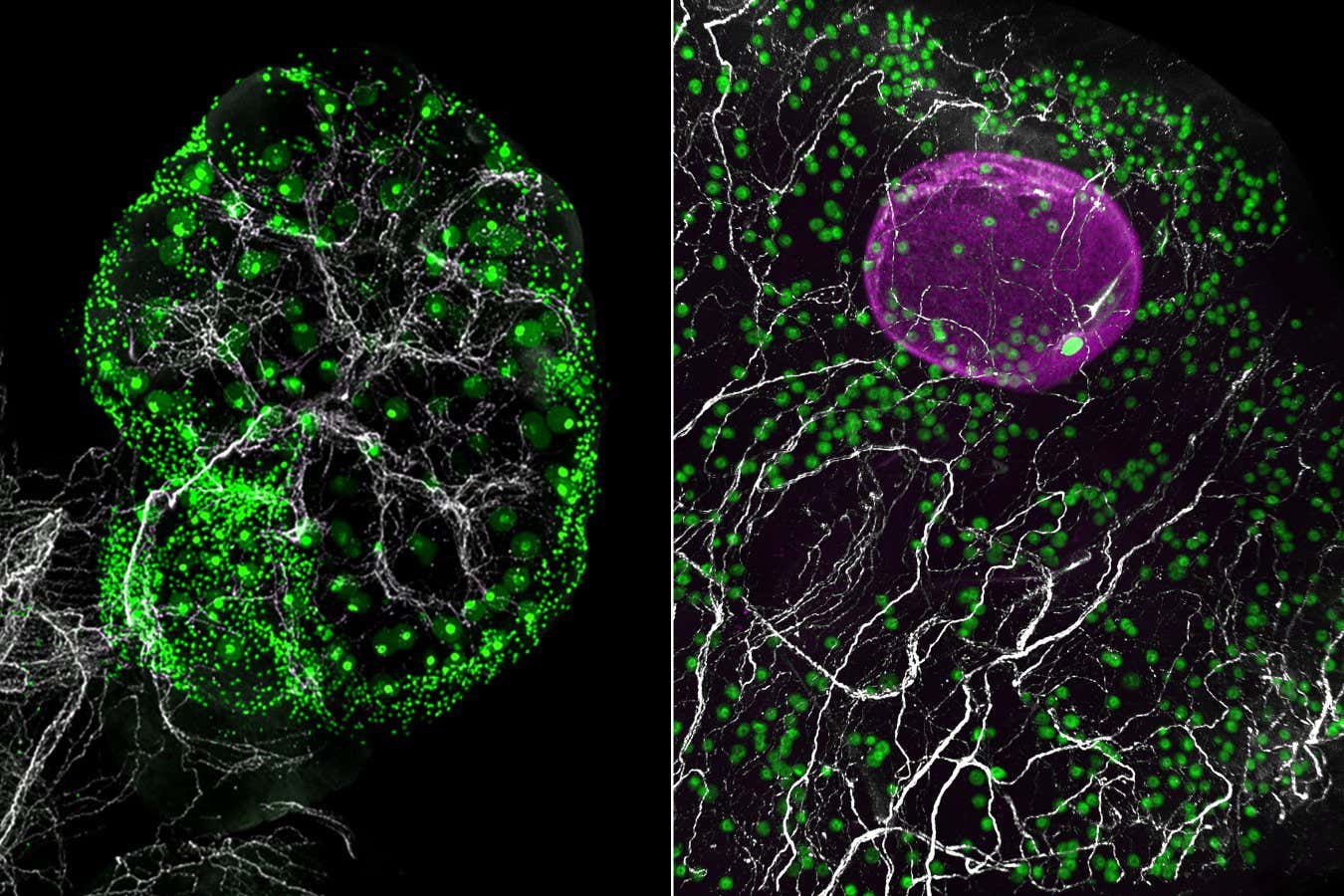Components: Hardware (computers, servers), software (applications, operating systems), and networks (internet, intranets).
In the digital age, understanding the fundamental components that make computers and networks function is crucial. This article explores the triad of computing—hardware, software, and networks—each playing an essential role in creating seamless technology experiences.
Hardware: The Physical Backbone
1. Computers
At the core of any computing environment are computers, ranging from personal devices like desktops and laptops to powerful workstations and servers.
- Central Processing Unit (CPU): Often referred to as the brain of the computer, the CPU executes instructions from programs, performing calculations and processing data at incredible speeds.
- Memory (RAM): Random Access Memory temporarily houses data that the CPU needs while executing tasks, enabling quicker access and performance.
- Storage: Hard Drives (HDDs) and Solid-State Drives (SSDs) provide permanent storage for data, applications, and the operating system. SSDs, while generally more expensive, offer faster read/write speeds than traditional HDDs.
- Peripheral Devices: Components such as keyboards, mice, monitors, and printers allow users to interact with the computer system effectively.
2. Servers
Servers are specialized computers designed to manage network resources, host applications, and store data. They come in various forms, including:
- Web Servers: Host websites and serve content over the internet.
- Database Servers: Store and manage databases, allowing multiple users to access and interact with the data simultaneously.
- File Servers: Provide centralized storage to multiple clients on a network, making file sharing easier and more efficient.
High-performance servers equipped with advanced specifications ensure reliable service across various business operations and user requirements.
Software: The Digital Instructions
Software is the set of instructions and data that tells hardware how to function and perform specific tasks. It can be classified into several categories:
1. Operating Systems
An operating system (OS) acts as an intermediary between users and hardware. Examples include:
- Windows: Widely used in personal computers and enterprises for its user-friendly interface.
- macOS: Preferred by many creative professionals for its seamless integration with Apple hardware.
- Linux: Open-source and highly customizable, making it popular for servers and developers.
The OS manages hardware resources, runs applications, and provides a user interface for interaction.
2. Applications
Applications are specialized software designed to help users perform specific tasks. These can range from word processors (like Microsoft Word) and spreadsheet programs (like Excel) to complex database management systems and graphic editing software (like Adobe Photoshop). The diversity of applications enables businesses and individuals to tailor their computing environments to suit different tasks and objectives.
Networks: The Connectivity Framework
Networking is the backbone that connects computers and devices, enabling data exchange and communication. Networks can be divided into several types:
1. The Internet
The internet is a global network of networks, allowing billions of devices to connect and communicate. It facilitates access to a wealth of information, supports online services, and plays a crucial role in modern business operations, enabling collaboration, e-commerce, and remote work.
2. Intranets
Intranets are private networks that use internet technology to share information within an organization. They are used for internal communications, resource sharing, and collaborative tools. An intranet fosters enhanced security, as it is protected from external access, making it an efficient solution for organizations to manage sensitive data.
3. Local Area Networks (LAN) and Wide Area Networks (WAN)
- LANs cover a small geographic area, such as a single building or campus, providing high-speed connectivity between devices.
- WANs, in contrast, span larger distances, connecting multiple LANs over regions or countries, enabling broader communication and access to resources.
Conclusion
In summary, the integration of hardware, software, and networks forms the foundation of modern computing. As technology continues to evolve, understanding these components becomes increasingly vital for leveraging the full potential of digital systems. Together, they drive the innovation, communication, and efficiency that are essential in today’s fast-paced world. By nurturing an understanding of these components, individuals and organizations can make informed decisions, adapt to changes, and thrive in a digital landscape.
Share this content:



إرسال التعليق